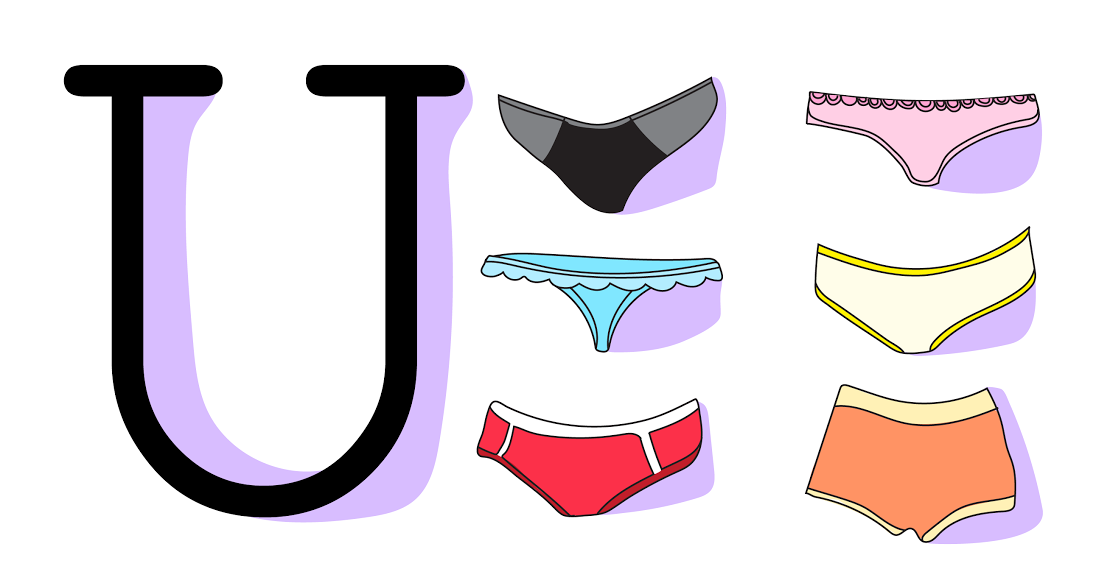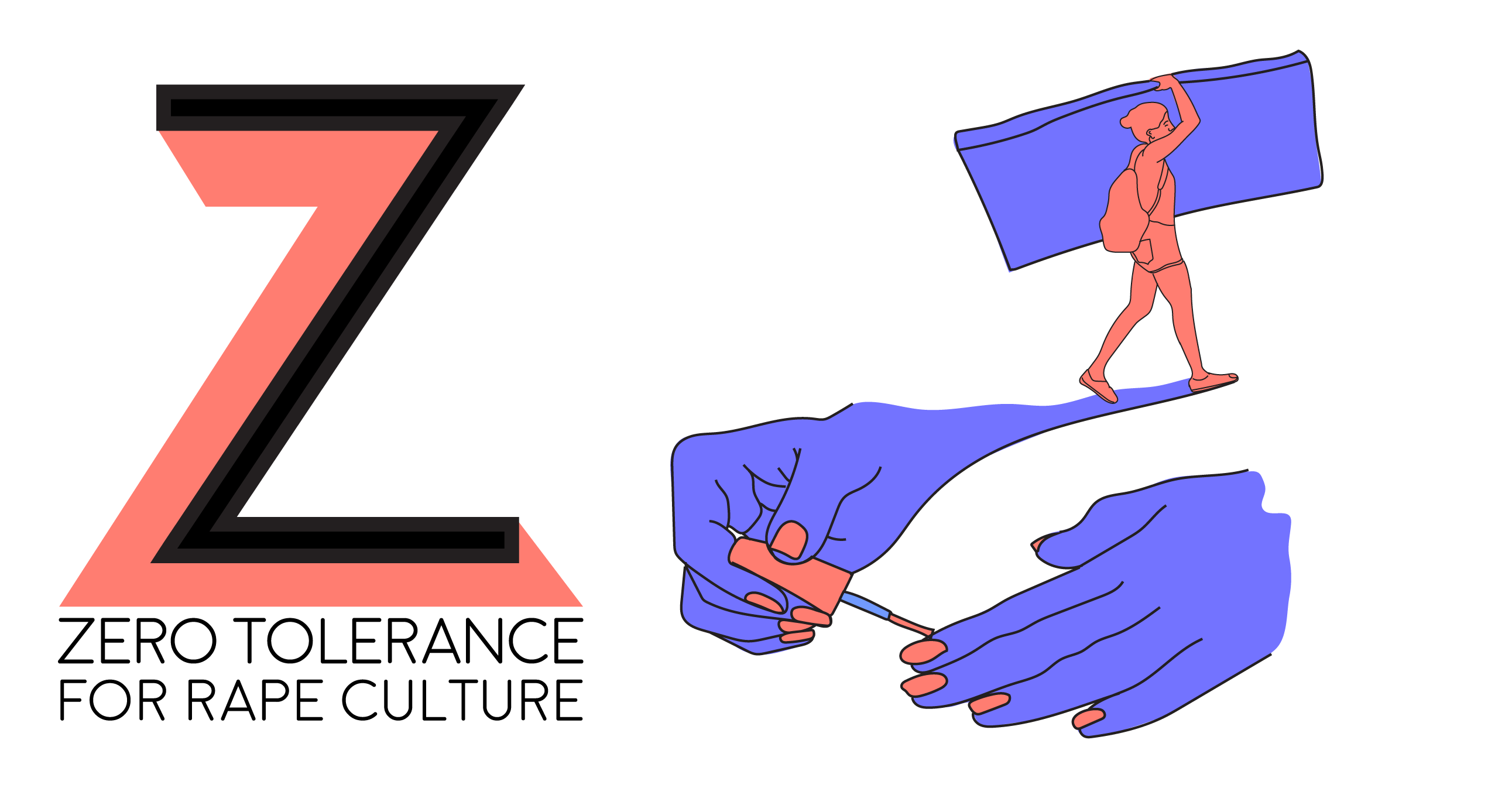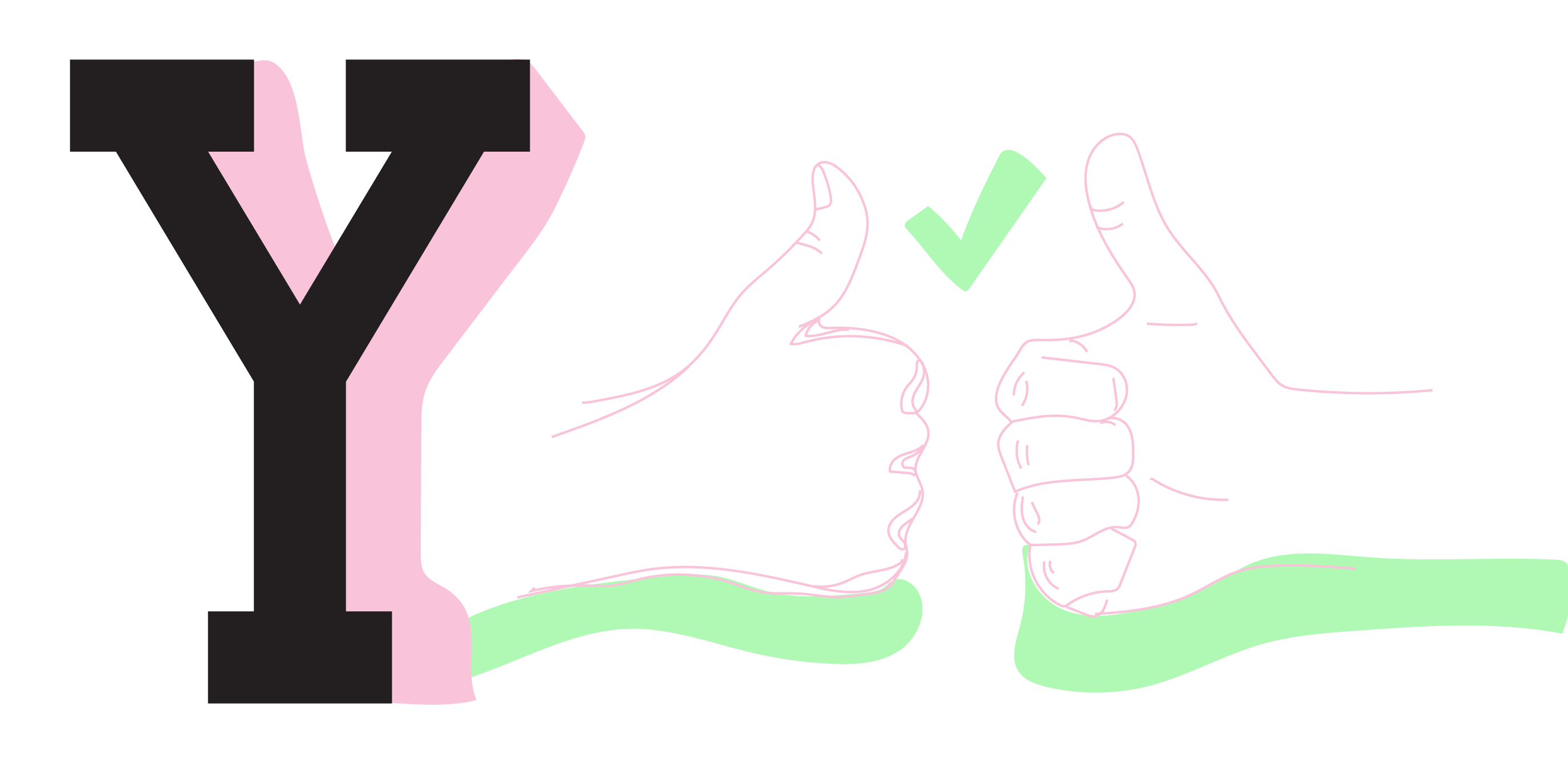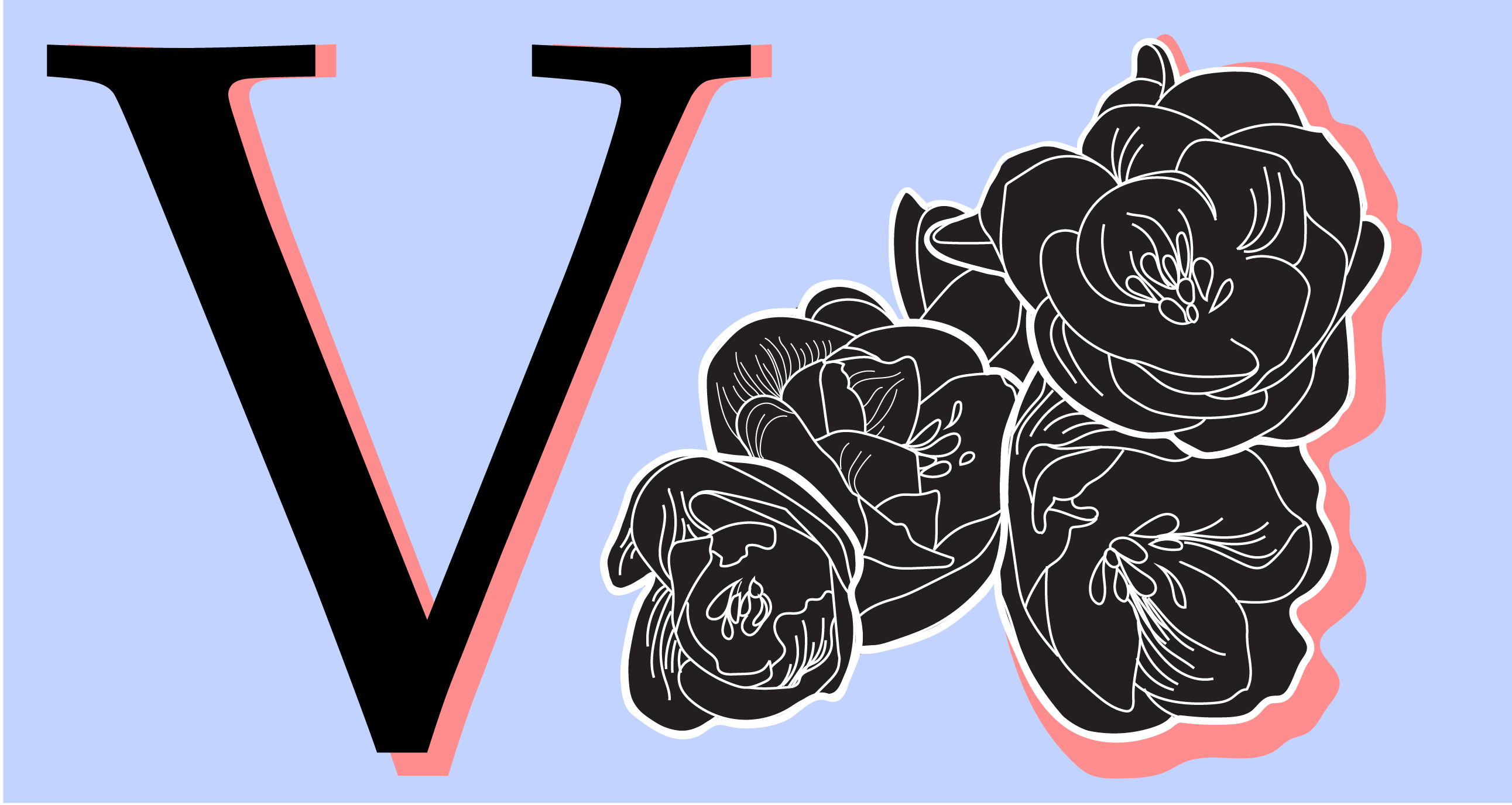U is for Undies
Undies, panties, thongs, granny panties, knickers, lingerie, pretties, unmentionables – all colloquialisms for truly the quintessential piece in our wardrobe.
While the practice of wearing undergarments beneath clothing is a longstanding tradition, this shield has been grown smaller and more lacey as the years have gone by. Women are expected to wear these lacy sexualized garments from a young age – a practice met by roaring cheers by some and shameful disregard by others.
Underwear marks a transition in our girlhood, while boys are placed in the same gentle grippers or loose boxers straight out of diapers.
For me, thongs give me a sense of empowerment. One can feel sexy with just this garment of clothing and keep it to themselves. We can achieve a sense of empowerment in taking ownership of our beauty everyday. Undies can send a body positive image.
However, underwear has been distorted into hyper-sexualized imagery in the advertising industry. Mainstream sex-symbol brands, such as Calvin Klein for men and Victoria’s Secret for women, feature ads where their subjects are all hot and steamy, lathered in sweat to advertise underwear as something it doesn’t have to be. Their draw is the post-sex glow.
From this advertising appeal, the problem is that girls are pressured by ads of juvenile-looking women sporting these undies with presumed sex appeal. Why is it that the media forces young girls to wear skimpy lace at such a young age? From one perspective, lace is used as a symbol of fragility and femininity – two terms women have been fatefully confined to for ages. As international gender studies scholar Fatema Mernissi said in “Size 6: The Western Women’s Harem,” the media suppresses women within the public sphere by forcing them to work against age, feeling as if a juvenile yet sexy facade is their greatest appeal. Women internalize this notion in Western culture by purchasing lacey underwear, symbolic of youth and frivolity, from adolescence on. The introduction of stark and playful colors to adult thongs furthers this rationale.
This is not to say that lace is for everyone. This is perhaps why we see such a diversified product line for undies, for the broad array of consumers. The undergarment industry plays on the differences between women to provide one of the most diversified product schemas in the clothing industry.
As women, we can take it upon ourselves to choose to feel like it’s our wedding night in thongs or kick back in granny panties.





